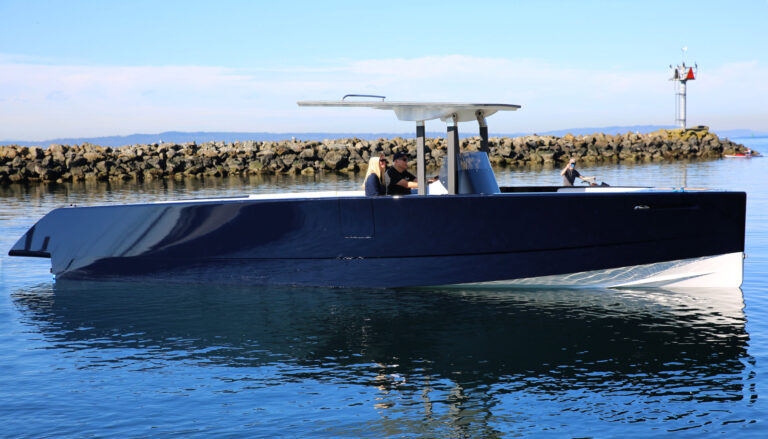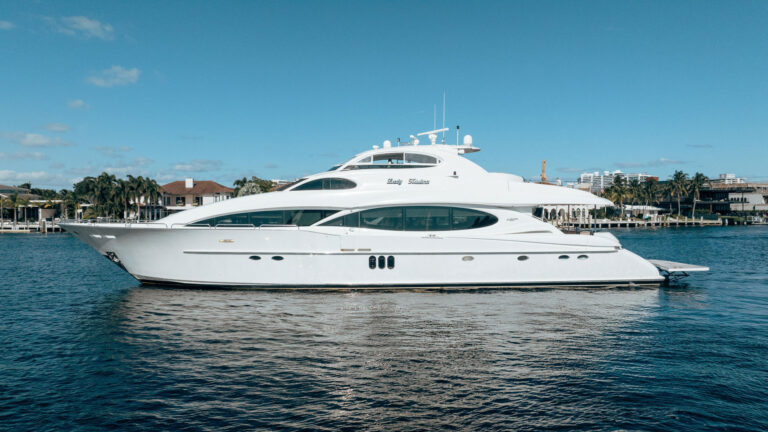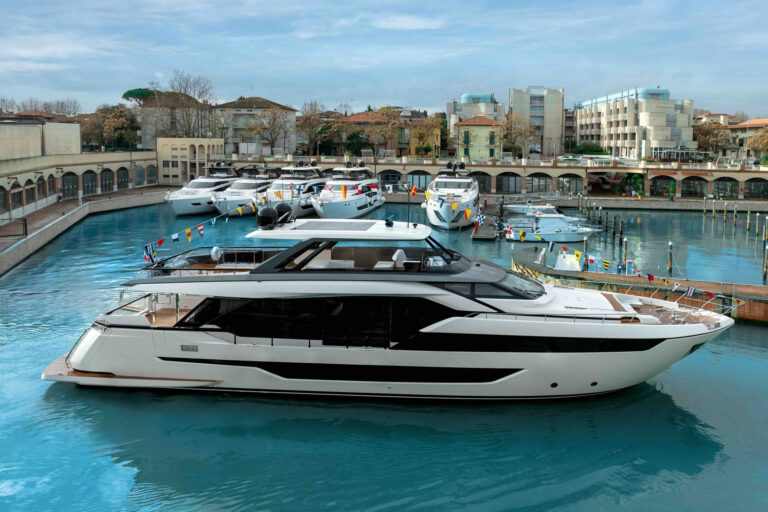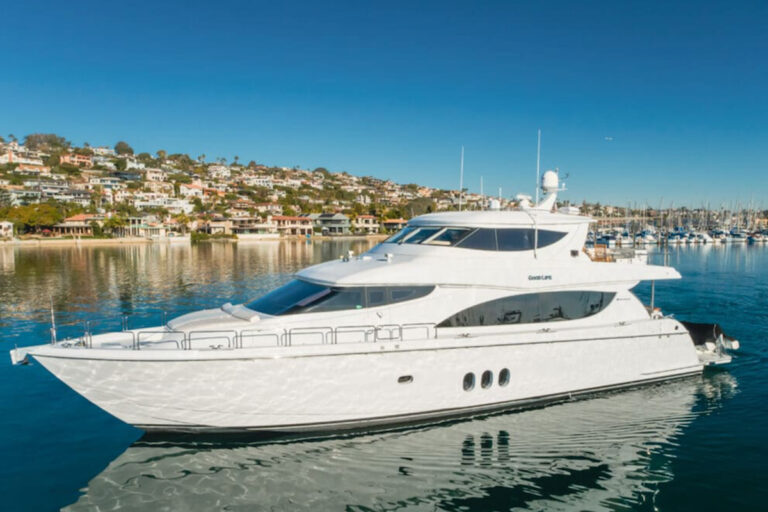
The builder claims wipers for the curved windshield are very expensive,” Bill’s email read. “What do you think?” He had CC’d his informal and unpaid advisory team, of which I am apparently a member.
Bill has invested quite a bit in his new build, and having failed at talking him out of it, I figured I could still help him save a buck. I had survived a career wandering shipyards as a yacht designer by avoiding the use of my prized set of Copenhagen ship curves, which came by the dozens for drawing lines just so. It was a time when curved surfaces on yachts were more common below the waterline than above it, if only because yards wanted to save time and cash.
I understood Bill’s builder’s message perfectly. You like curves? Send more money, or else! I made a crude adjustment to Bill’s windshield design on my computer screen, sponging away the cylindrical section of the windshield and replacing it with a simple, optically superior glazing solution: a line segment. I explained that a flat piece of glass would cost less and improve the view.
Bill insisted that fussing with an important styling cue could compromise the design.
I had worked for such a man as a young designer. Shapely profiles were, in fact, his “designer’s signature.” To him, the simple, dimensional drawings that were typically provided so that a builder could cobble a superstructure were inadequate. His complex creations often required a lines drawing and lofting to full size, the same method used for designing and building the vessel’s hull. I’d suggest to him that builders would likely ignore our complicated drawings and cut corners. “It’s a matter of principle,” he’d insist.
My suspicions were confirmed when I eventually hung my own shingle and took on a builder of large motoryachts as a client. In those days, yacht designers had 56 Copenhagen ship curves and weighted splines to create complication. Before I put ink to paper, the builder made it clear that if I wished to keep the account and wander the production floor safely, I would adopt the yard’s standard. A bit of shape in the sheer and stem were considered a necessary expense, but the preferred drawing tool was the straightedge. I hid my ship curves.
Read More: Tell Tales
Ironically, it is likely that Copenhagen ship curves evolved from the full-size templates early builders had used. In the design office, they were used for shaping and fairing hull sections and stems. Weighted splines were used for fairing waterlines and buttocks lines and for shaping sensible sheer lines. Given the nature of the sea and the complications of hydrostatics and hydrodynamics, most builders deferred to the designer’s judgment on such matters. At the time, yacht designers were responsible for more than creating styling cues.
Until yacht imagineers can burp up a 3D-printed yacht, today’s CNC routers and plasma cutters can speed up construction—but curves still add complication and, in turn, cost.
Bill knows this, but he is a man of principle. We will have to see how much principle he’s willing to exhaust on his cylindrical windshield and custom wipers.









